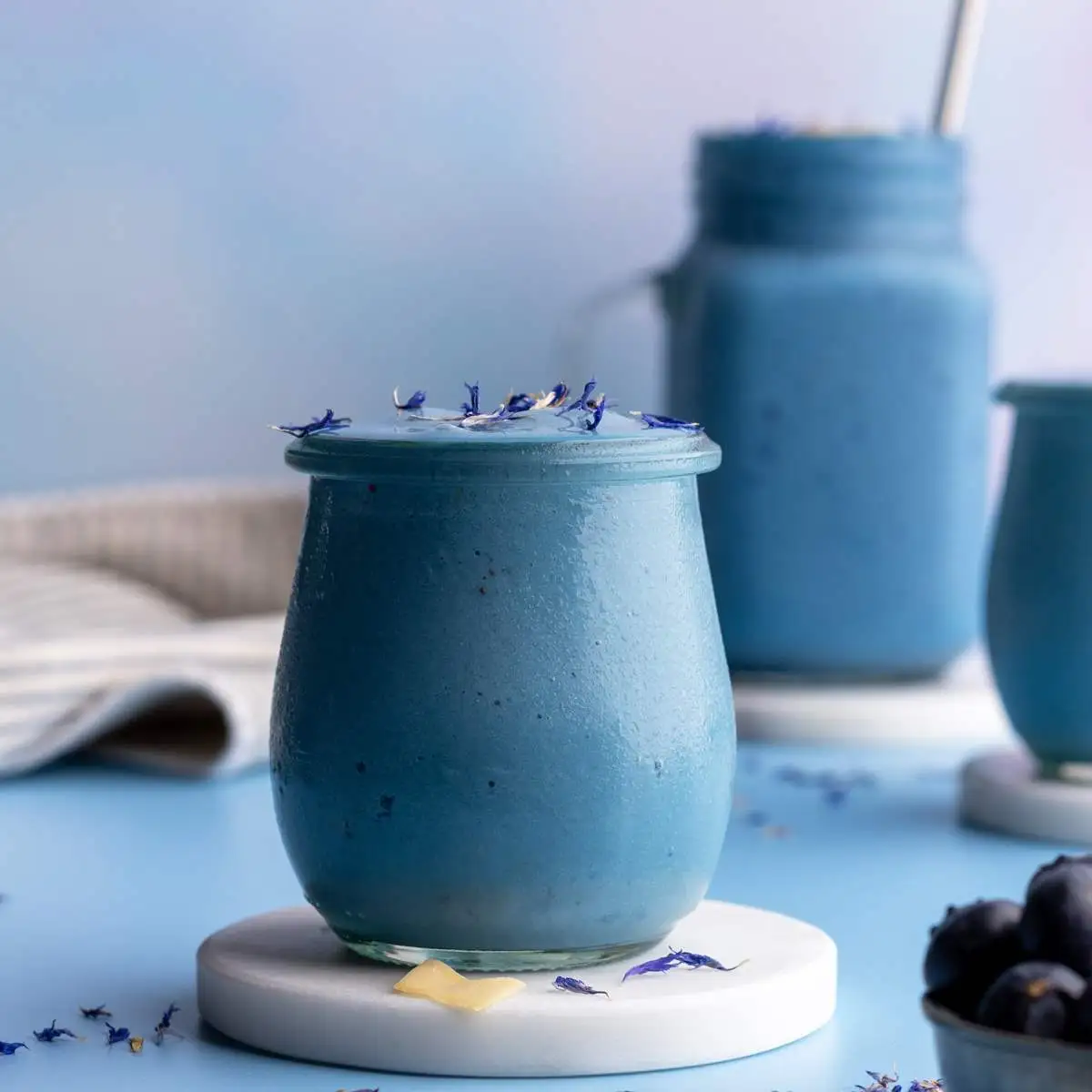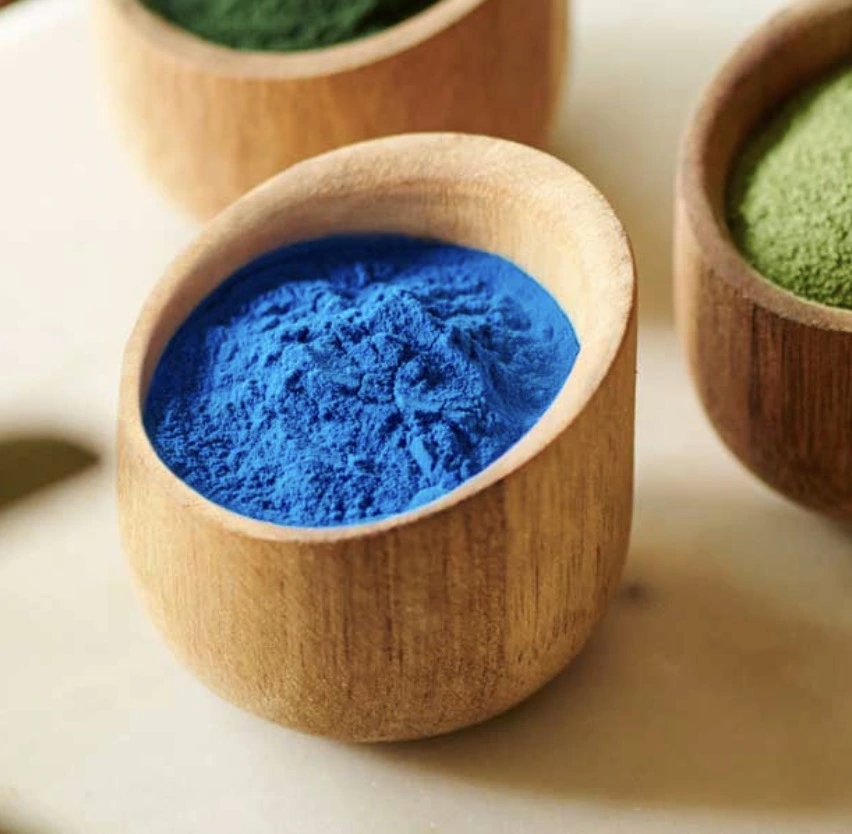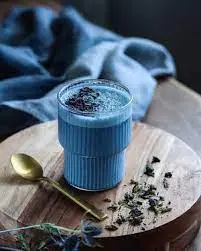How Does Gardenia Blue Compare to Spirulina Blue?
In the world of natural food coloring, blue hues have always been a challenge. Two popular options that have emerged in recent years are Gardenia Blue pigment and Spirulina Blue. Both offer vibrant blue shades without the use of synthetic dyes, but how do they compare? Let's dive into the fascinating world of these natural blue pigments and explore their unique characteristics, applications, and benefits.
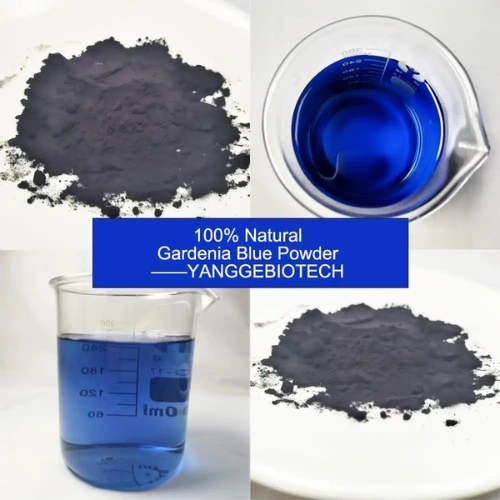
Color Stability: Gardenia Blue vs Spirulina Blue
When it comes to natural food colorants, stability is crucial. Let's examine how Gardenia Blue and Spirulina Blue perform in various conditions.
pH Sensitivity
Gardenia Blue, derived from the fruits of the Gardenia jasminoides plant, exhibits remarkable stability across a wide pH range. Its color remains consistent between pH 4 and 8, making it versatile for various food applications. This stability is due to the unique chemical structure of the pigments found in Gardenia Blue, primarily crocin and crocetin. Spirulina Blue, extracted from blue-green algae, is more sensitive to pH changes. Its vibrant blue color can shift towards green or purple in highly acidic or alkaline environments. This sensitivity can limit its use in certain food products where pH fluctuations are common.
Heat Resistance
One of the standout features of Gardenia Blue is its excellent heat resistance. It can withstand temperatures up to 120°C for 60 minutes without significant color degradation. This heat stability makes it ideal for use in baked goods, confectionery, and other heat-processed foods. Spirulina Blue, while still heat-stable compared to many synthetic dyes, is slightly less resistant to high temperatures than Gardenia Blue. Prolonged exposure to heat can cause some color fading, which may affect its performance in certain cooking and processing methods.
Light Sensitivity
Both Gardenia Blue and Spirulina Blue have some sensitivity to light exposure. However, Gardenia Blue pigment tends to be more susceptible to light-induced fading. This characteristic requires careful packaging and storage considerations for products colored with Gardenia Blue to maintain their vibrant appearance over time. Spirulina Blue shows slightly better light stability, which can be advantageous for products that may be exposed to light during storage or display. Nevertheless, proper packaging is still recommended to preserve the color intensity of both pigments.
Which Blue Pigment Works Best in Food Products?
Choosing between Gardenia Blue and Spirulina Blue depends on various factors, including the specific food application, processing conditions, and desired color outcome. Let's explore how these natural blue pigments perform in different food categories.
Beverages and Liquid Applications
In beverage applications, both Gardenia Blue and Spirulina Blue can create stunning blue hues. Gardenia Blue's excellent solubility in water and ethanol solutions makes it particularly suitable for clear beverages, fruit-flavored drinks, and even alcoholic products. Its stability across a wide pH range allows for consistent coloration in various beverage formulations.
Spirulina Blue also performs well in beverages, especially in neutral to slightly alkaline pH ranges. It can create a vibrant turquoise to deep blue color, depending on the concentration used. However, in highly acidic drinks, Spirulina Blue may shift towards a more purple hue, which could be desirable or undesirable depending on the product concept.
Baked Goods and Confectionery
For baked goods and confectionery, Gardenia Blue often has the edge due to its superior heat stability. It can maintain its color during baking processes, making it ideal for cakes, cookies, and other heat-treated products. The pigment's ability to withstand high temperatures without significant color loss ensures that the final product retains its intended blue appearance.
Spirulina Blue can also be used in baked goods, but it may require higher dosages or careful processing to achieve the desired color intensity after baking. It performs particularly well in no-bake or low-temperature confectionery items, such as frostings, icings, and certain types of candies.
Dairy and Frozen Desserts
Both Gardenia Blue and Spirulina Blue can be effectively used in dairy products and frozen desserts. Gardenia Blue's stability in various pH environments makes it suitable for a wide range of dairy applications, from yogurts to ice creams. Its ability to bind more strongly with proteins than starches can result in more vibrant coloration in protein-rich dairy products.
Spirulina Blue also performs well in dairy applications, particularly in neutral pH products like milk-based beverages and ice creams. Its natural origin from algae can be an attractive selling point for consumers seeking plant-based or vegan options in the dairy alternative market.
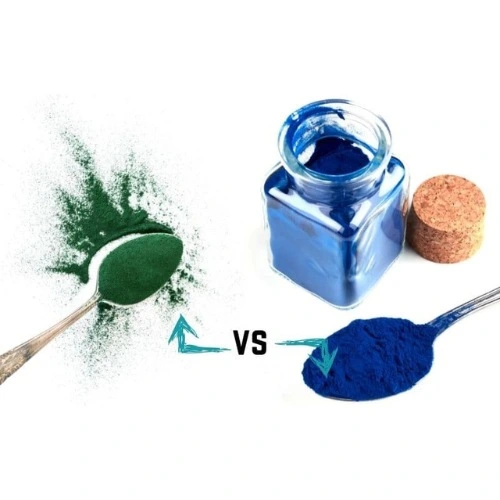
Natural Blue Colorants: Safety and Applications
As consumers increasingly seek natural and clean label products, the safety and versatility of natural blue colorants like Gardenia Blue and Spirulina Blue become paramount. Let's explore the safety profiles and diverse applications of these pigments.
Safety Considerations
Gardenia Blue, derived from the fruits of Gardenia jasminoides, has a long history of use in traditional medicine and food coloring, particularly in Asian cultures. Its safety profile is well-established, with no known toxicity concerns when used as a food colorant. The pigment is free from artificial additives and is suitable for individuals with various dietary restrictions, including gluten-free and GMO-free diets.
Spirulina Blue, extracted from blue-green algae, is also considered safe for consumption. Spirulina itself has been used as a food source and supplement for centuries. The blue pigment, phycocyanin, is a protein complex with antioxidant properties. While generally safe, some individuals may have allergies to algae-derived products, which should be considered in product labeling.
Clean Label and Natural Appeal
Both Gardenia Blue pigment and Spirulina Blue align perfectly with the growing demand for clean label and natural food products. These pigments allow manufacturers to create visually appealing blue-colored foods without relying on synthetic dyes. This natural origin is a significant selling point for health-conscious consumers and those seeking to avoid artificial additives in their diet.
The use of these natural blue colorants can enhance a product's perceived healthfulness and appeal to consumers looking for more natural food options. Manufacturers can leverage this aspect in their marketing strategies, emphasizing the plant-based and natural origins of the coloring agents.
Innovative Product Applications
The versatility of Gardenia Blue and Spirulina Blue opens up exciting possibilities for innovative product development. These natural blue pigments can be used in a wide array of applications beyond traditional food products:
- Functional Beverages: Creating visually striking blue sports drinks, energy beverages, or relaxation tonics.
- Superfood Blends: Incorporating blue pigments into superfood powders or smoothie mixes for added visual appeal and potential health benefits.
- Plant-Based Products: Enhancing the appearance of plant-based milk alternatives, yogurts, or cheese substitutes.
- Nutraceuticals: Developing blue-tinted supplements or functional food products that stand out in the market.
- Gourmet and Artisanal Foods: Crafting unique blue-colored chocolates, cheeses, or specialty baked goods for gourmet markets.
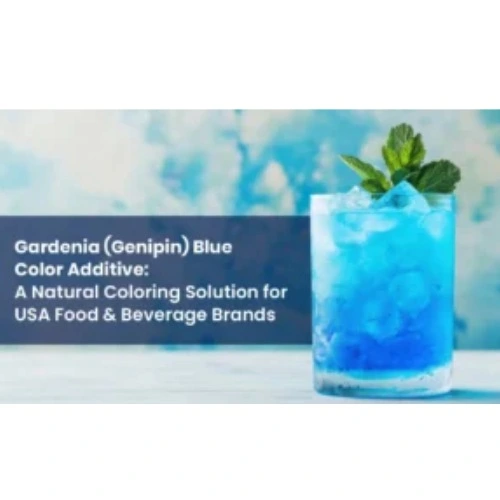
Conclusion
In the comparison between Gardenia Blue and Spirulina Blue, both natural pigments offer unique advantages for food coloration. Gardenia Blue pigment stands out for its excellent pH and heat stability, making it ideal for a wide range of applications, especially in processed foods. Spirulina Blue, with its algae-based origin and potential health benefits, appeals to the growing market for plant-based and functional food products.
The choice between these two natural blue colorants ultimately depends on the specific requirements of each food application, including processing conditions, desired color shade, and target consumer preferences. As the demand for natural and clean label products continues to grow, both Gardenia Blue and Spirulina Blue are poised to play significant roles in the future of food coloration. For more information on natural plant extracts and innovative food coloring solutions, contact Yangge Biotech Co., Ltd. at info@yanggebiotech.com.
FAQ
Q: Can we get some samples to test before purchasing?
A: Of course, we can provide free samples of 20 to 100 grams, but the shipping cost is at the customer's expense. The shipping cost can be deducted from the next order, or the samples can be sent through your courier account.
Q: Do your products have relevant certifications?
A: Yes, our products are certified for HALAL, ISO, HACCP, Kosher, and other certifications.
Q: What is the minimum order quantity (MOQ)?
A: Small batches of samples can be customized according to your requirements.
Q: Do you offer OEM and ODM services? Can the formula be customized based on our own?
A: Of course, we provide ODM and OEM services to many customers. Our product range includes softgels, capsules, tablets, sachets, granules, and private label services. Simply contact us and let us know your requirements. Our experienced R&D team can also develop new products with specific formulas.
Please contact us to design your own branded products.
Q: How do you handle quality complaints?
A: First, we have a comprehensive quality control SOP. We provide authoritative third-party inspection reports for almost all products before shipment to minimize the possibility of quality issues. Second, we have a comprehensive return and exchange procedure. If there is a genuine quality dispute, we will strictly follow the SOP.
Q: How do you ship? How long does delivery take?
A: For small orders, we typically use DHL, UPS, EMS, FedEx, or TNT. Delivery typically takes 3-7 days. We also offer air and sea freight services. We have a strong freight forwarding team and can provide you with a one-stop service, including DDP and DDU.
Q: What are your payment terms?
A: 100% prepayment, payable by T/T, Western Union, MoneyGram, or PayPal.
Q: What is the shelf life of your products?
A: 2 years with proper storage.
Q: Is the packaging environmentally friendly?
A: We attach great importance to environmental protection and are constantly improving our product packaging. Some products are packaged in recyclable paper. Packaging materials are carefully selected to ensure product safety during transportation and storage, and to minimize environmental impact. We are committed to achieving a balance between environmental friendliness and practicality in our product packaging, and to contributing to sustainable development.
References
1. Johnson, A. R., & Wrolstad, R. E. (2018). Comparison of stability and sensory qualities of blue pigments derived from gardenia and spirulina. Journal of Food Science and Technology, 55(8), 3158-3167.
2. Chen, X., Wu, Z., & Liu, D. (2019). Natural blue colorants in food industry: Current applications and future perspectives. Critical Reviews in Food Science and Nutrition, 59(24), 3813-3835.
3. Newsome, A. G., Culver, C. A., & van Breemen, R. B. (2014). Nature's palette: The search for natural blue colorants. Journal of Agricultural and Food Chemistry, 62(28), 6498-6511.
4. Martins, N., Roriz, C. L., Morales, P., Barros, L., & Ferreira, I. C. (2016). Food colorants: Challenges, opportunities and current desires of agro-industries to ensure consumer expectations and regulatory practices. Trends in Food Science & Technology, 52, 1-15.
5. Li, X., Xu, Z., Chen, M., Li, X., Wang, C., & Xiao, J. (2020). Extraction methods, chemical characterizations and biological activities of blue pigments from gardenia fruits: A review. Trends in Food Science & Technology, 105, 223-234.

Based on your location and order quantity, you will have the opportunity to receive a limited time free shipping promotion!
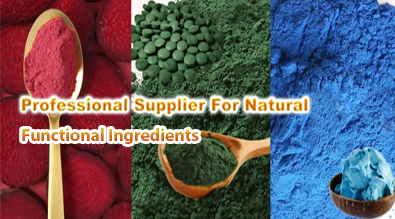
Who we are
